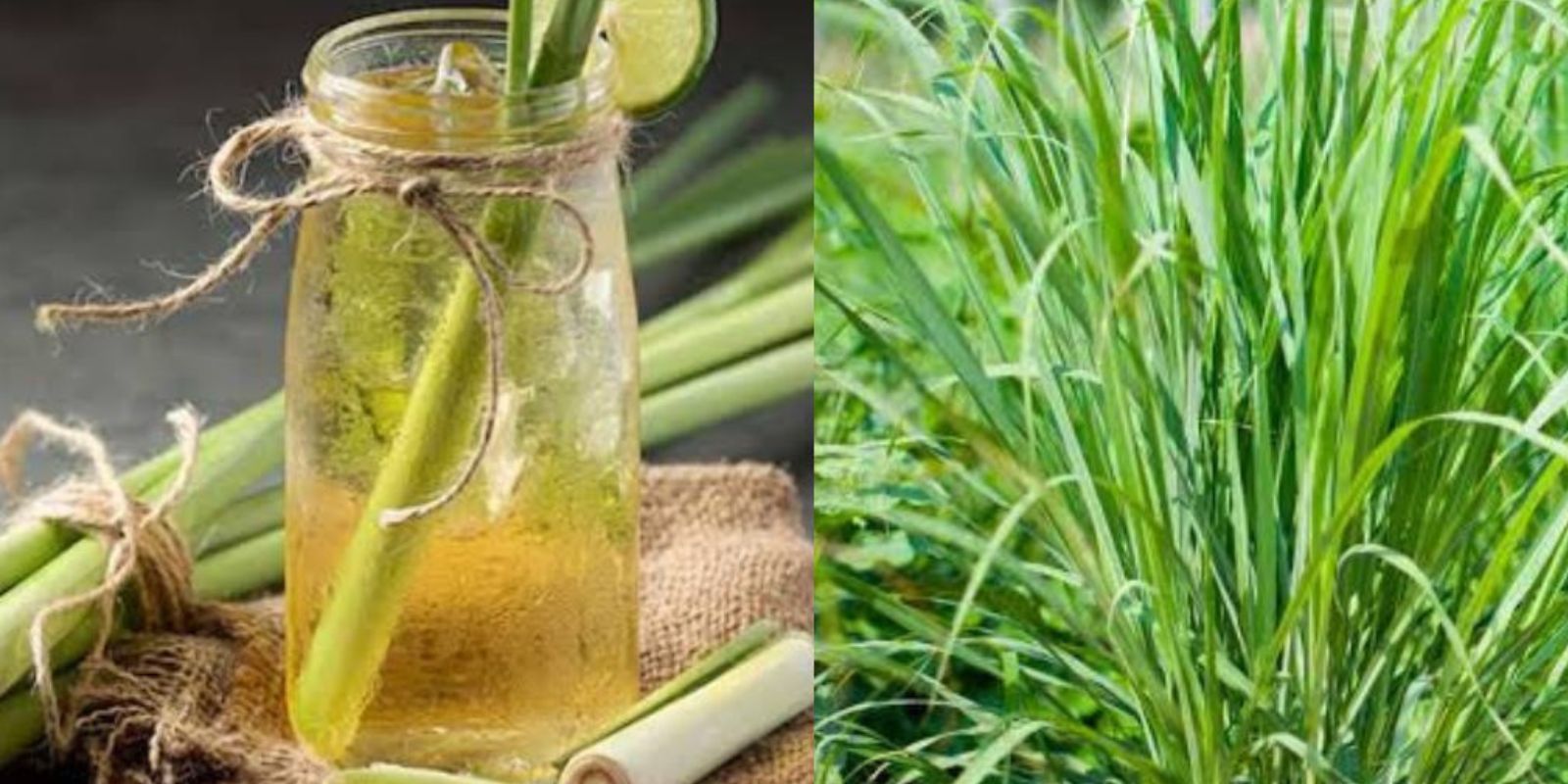Mosquitoes are more than just a nuisance; they pose significant health risks by transmitting diseases such as malaria, dengue, and Zika virus. While chemical repellents are effective, many individuals seek natural alternatives to minimize chemical exposure. Lemongrass (Cymbopogon citratus), renowned for its culinary and medicinal uses, has gained attention for its potential as a natural mosquito repellent. This comprehensive guide delves into the efficacy of lemongrass in repelling mosquitoes and provides detailed instructions on cultivating and utilizing this plant for mosquito control.
Understanding Lemongrass and Its Mosquito-Repelling Properties
Lemongrass is a tropical plant native to Southeast Asia, characterized by its tall, slender stalks and a distinct lemony aroma. The plant’s essential oil is rich in citronella, a compound widely recognized for its insect-repelling properties.
Citronella and Mosquito Repellency
Citronella oil, derived from various species of lemongrass, has been extensively studied for its ability to repel mosquitoes. Research indicates that citronella can provide significant protection against mosquito bites, though its efficacy may be shorter-lived compared to synthetic repellents like DEET. For instance, a study found that citronella oil offered protection for up to three hours, with mosquitoes actively avoiding areas treated with the oil. (livelovefruit.com)
It’s important to note that while citronella oil is effective when applied directly to the skin or used in diffusers, the mere presence of lemongrass plants in an area may not provide substantial mosquito-repelling effects. The concentration of citronella released by the plant is relatively low, and significant repellency is typically achieved through the use of extracted oils.
Cultivating Lemongrass for Personal Use
Growing lemongrass at home offers dual benefits: it serves as a fresh culinary ingredient and provides a source of citronella oil for natural mosquito repellent preparations.
Climate and Soil Requirements
Lemongrass thrives in warm, humid climates and is best suited for USDA hardiness zones 9 through 11. However, with proper care, it can be grown in cooler climates as an annual or indoors.
- Temperature: Optimal growth occurs in temperatures between 70°F and 95°F (21°C to 35°C).
- Sunlight: Full sun exposure is ideal, requiring at least 6 to 8 hours of direct sunlight daily.
- Soil: Well-draining, loamy soil with a pH between 5.0 and 8.0 is preferred.
Propagation Methods
Lemongrass can be propagated from seeds or stalks.
- From Seeds:
- Sowing: Start seeds indoors 6 to 8 weeks before the last expected frost date. Sow seeds in a seed-starting mix, covering them lightly with soil.
- Germination: Maintain a consistent temperature of around 70°F (21°C) and keep the soil moist. Germination typically occurs within 10 to 21 days.
- Transplanting: Once seedlings have developed a few true leaves and the risk of frost has passed, transplant them outdoors, spacing them 24 inches apart.
- From Stalks:
- Selection: Purchase fresh lemongrass stalks with intact bases from a grocery store or market.
- Rooting: Place the stalks in a glass of water, ensuring the base is submerged. Position the glass in a sunny location and change the water every few days. Roots should develop within 2 to 3 weeks.
- Planting: Once roots are about an inch long, plant the stalks in well-draining soil, either in the garden or in pots.
Care and Maintenance
- Watering: Keep the soil consistently moist but not waterlogged. Water deeply when the top inch of soil feels dry.
- Fertilization: Apply a balanced, all-purpose fertilizer monthly during the growing season to promote vigorous growth.
- Pruning: Regularly trim dead or damaged leaves to encourage new growth and maintain plant health.
- Overwintering: In regions with cold winters, dig up the plant before the first frost and transfer it to a pot to grow indoors. Place it in a sunny window and reduce watering during the dormant period.
Utilizing Lemongrass as a Mosquito Repellent
While growing lemongrass plants alone may not significantly deter mosquitoes, the plant can be processed to create natural repellents.
Homemade Lemongrass Mosquito Repellent Spray
Ingredients:
- A handful of fresh lemongrass leaves
- 2 cups of water
Instructions:
- Preparation: Chop the lemongrass leaves into small pieces to increase the surface area for extraction.
- Boiling: Place the chopped leaves in a pot with 2 cups of water. Bring to a boil, then reduce heat and let it simmer for about 10 minutes.
- Infusion: Remove the pot from heat and allow the mixture to steep until it cools to room temperature.
- Straining: Strain the liquid into a spray bottle, discarding the solid leaves.
- Application: Spray the solution onto exposed skin and clothing before going outdoors. Reapply every 2 to 3 hours for continued protection.
Alternatively, if available, lemongrass essential oil can be used to create a more potent repellent.
Essential Oil Repellent Spray:
Ingredients:
- 10 drops of lemongr

